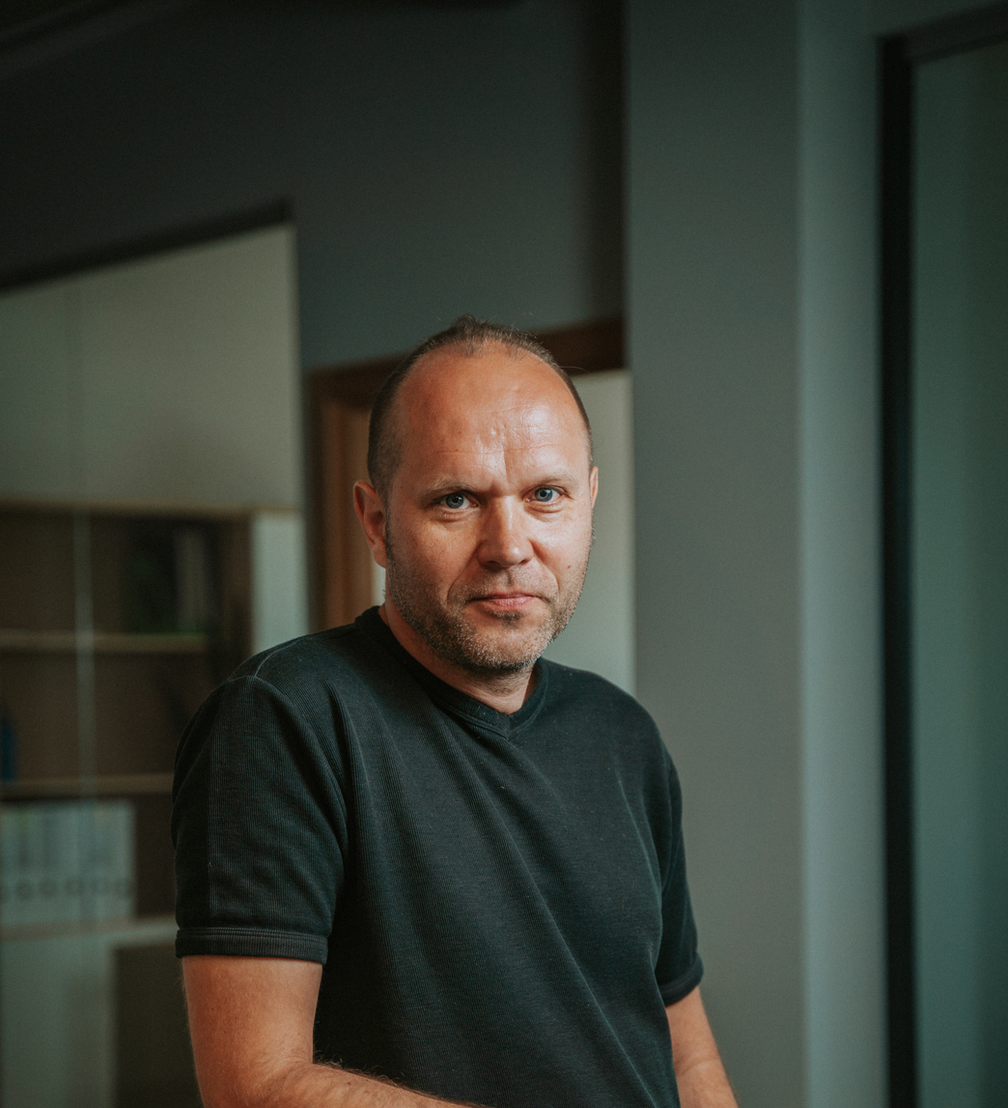
Guntars Ruskuls heads the Strategic Management Board of the Riga City Development Department, where he is responsible for the strategic vision of the city at the conceptual level. Using multifaceted and community-involving planning methods, the Strategic Management Board is one of the most progressive municipal institutions focused on future thinking. Guntars is one of the authors of the neighbourhood platform idea in Riga, and he has contributed greatly to the community development processes in the city.
You are sometimes called the father of Riga neighbourhoods. Tell us about how you implemented the neighbourhood concept.
The main idea was to get information about the city in a more interesting way. When monitoring city processes, data were available only for the city as a whole. The transport planning model was divided into 124 districts, where each district had its own number — so very anonymous. I wanted to tie this division to reality. So around 2007, we decided to divide the city into neighbourhoods. I don’t even know where I first heard the word «apkaimes» (neighbourhoods in Latvian); probably the social anthropologist Aivita Putniņa mentioned it in some research. The English word had appeared here and there. We started dividing the city, and as geographers, of course, we needed borders. There were ideas about the psychogeography and mental boundaries of neighbourhoods, but when planning the development of a city, it makes sense to create boundaries where there are physical barriers. We looked at where there was a railway, a lake, a river, a massif of forest, or a major highway. We also looked at old maps from the times of Latvia’s first state, when statistical areas were divided, among which I saw for the first time, for example, the Avoti neighborhood. We also introduced some completely new names, like Skanste and Dzirciems.
We made the division, started collecting information, and created datasets; then this idea was adopted by the Central Statistical Office, and neighbourhoods as territorial units began to appear in analytics. I remember when we first introduced this concept more widely, we invited several experts to show the first data, and their reaction was — cool idea, but where is the person in this? The invited experts helped us give our neighbourhoods much more meaning and essence in such a simple and intelligent way. From an analytical tool meant for monitoring, we came to communities for citizen empowerment and local patriotism. At that time, there were already several community associations — in Bolderāja, Kundziņsala, Mežparks, Old Riga. But these associations were more or less counter-movements: the Kundziņsala and Bolderāja groups against the port, Old Riga against traffic, and Mežaparks against everything. We organised the first forum with the idea that it would be good if there were such associations elsewhere and that they would be a good partner for the municipality. It was important for these associations to become more than just counter-movements; they should care for their territory in a wider sense. The first wave of associations presented themselves and gave ideas to the communities of other territories, and then came the second, third, and fourth wave of neighbourhood associations with completely different activities like cleanups, cultural programmes, and citizen involvement. Now the neighbourhood movement has completely separated from the municipality. Residents organise themselves, the private sector adapts its areas to the boundaries of the neighbourhoods, public transport now goes to Bolderāja, not some mystical street, and other municipal administrations also use the concept of neighbourhoods. Residents, on the other hand, resolve their disagreements within neighbourhood associations so that the association’s management can represent the opinion of the majority. Also, the creative quarters, which used to function more like enclaves, isolating themselves from the local population, are now much more open and involve the local community.
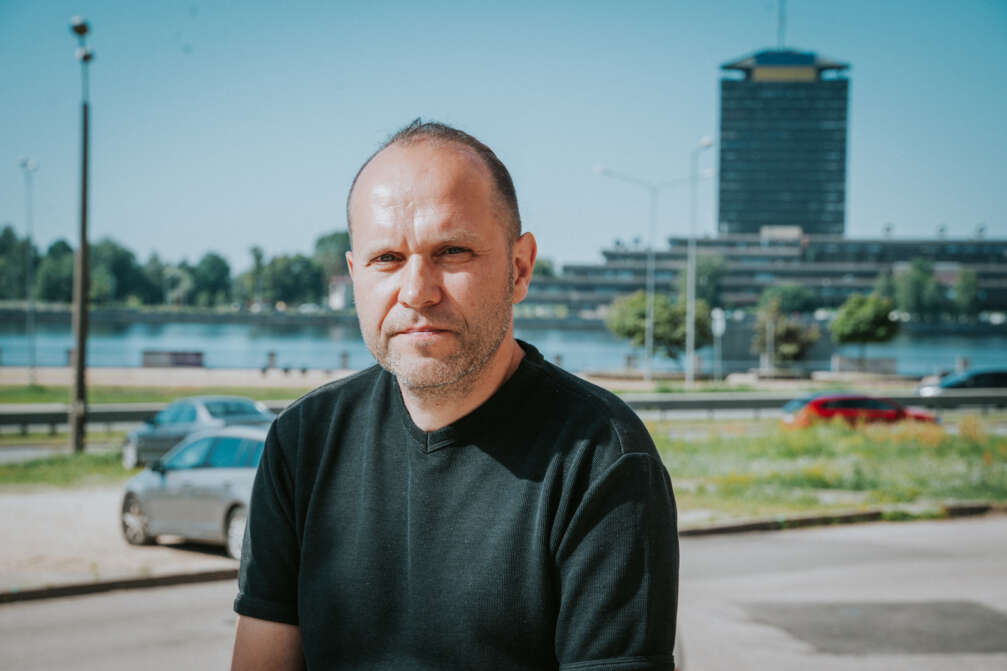
Would you say that the implementation of neighbourhoods encouraged residents to form associations?
Yes, definitely. Riga has a lot of people from other regions who have been living here for decades. Some of these people have not even declared themselves in Riga; they prefer to support the teacher of their small village with their large tax. It’s sweet, but on the other hand, these people have been educated in Riga, have made a career here, and their children are growing up and studying in good schools. Riga provides all the opportunities and infrastructure, but these people pay taxes to their native village because they do not feel like they mentally belong to Riga. Through neighbourhoods, we tried to introduce the idea of local patriotism and local communities. Compared to Milan, Berlin, Paris, or London, Riga is just a sleepy little town, but in the context of the Baltics and Latvia, it is a metropolis. When a person comes here from their small village, Riga seems big and anonymous. However, if they identify as being from Āgenskalns, it brings them closer to both their neighbourhood and the whole city; the scale is more comprehensible; they know the neighbours; maybe they take their children to school together with the locals; maybe they start cleaning up their environment. This is how they feel their influence and feel more like they belong to the city. Maybe they look at what is happening in neighbouring areas and slowly begin to understand Riga. Patriotism for your city begins to emerge through volunteering or guarding a local park.
The introduction of neighbourhoods was done from above, with a top-down method, which you have sometimes been critical of because it does not involve the public. But the neighbourhood platform has proven to be a success story. Is it always wrong to plan the city top-down?
I’m starting to reevaluate this now. I have been a hostage to bottom-up planning. I strongly strive for public involvement in absolutely all processes, but there are fundamental changes that cannot be implemented with this method. As planners, we have to look beyond local interests. I am convinced that there are things that cannot be put to the vote of the citizens. You can’t allow a vote on, say, a tram line; there are experts and engineers for that. Of course, when implementing things top-down, it is necessary to consult with representatives of the neighbourhoods. Also, some heavier infrastructure projects, which are necessary for the city but not particularly pleasant for the neighbourhood, can be successfully integrated into the territory and the design discussed with local residents.
When we were working on the strategy for Riga, we were greatly influenced by the Flemish planners. I remember talking to local planners in Ghent about the neighbourhood movement. They have neighbourhood managers, coordinators, and mediators between the city and the neighbourhood there, whose work is paid for by the city. They operate in neighbourhoods where there is a need for mediation, where something is being planned or developed. I asked what they do in situations when the city needs an infrastructure project that is very unpleasant or disadvantageous for a neighbourhood. In such cases, there is no neighbourhood manager, people are not tricked, they are not given false hopes that they can influence anything there at all. That’s super-democracy, next-level openness and respect for citizens.
What about politicians? I understand that the Coalition for Change (Par!/Progresīvie) in the Riga City Council had their vision for Riga, but isn’t it the case that most politicians follow the mood and wishes of the population?
All previous councils also liked the idea of neighbourhoods. However, to explain what is currently happening in the city, I have to quote one of my life’s authorities, Juris Rubenis, who said that if you want to change the world, then you yourself are part of this changing world. People voted for the Coalition for Change because they wanted changes in Riga. It went very well with the strategy we developed, and the Coalition for Change came up with its own ideas, but at one point the politicians themselves started to put traffic delineators on Čaka Street without the involvement of experts, and a general mess started. However, going back to Juris Rubenis’ quote, the main thing was that the people who voted for change were not ready to change themselves. They wanted change, but not to change their habits. They did not want to give their lanes to cyclists and public transport. They began to signal to politicians that this is all too crazy, and instead of educating their electorate, politicians began to look for arguments why radical changes are not needed. In fact, politicians should have explained to the population: you wanted change; we are implementing it; now you have to put up with it a little, but it will be better after that. They followed the electorate, which is why the Coalition for Change came to an end. I like politicians who introduce reforms, but they are very unpopular. Only such people can truly be called statesmen or stateswomen — with the ability to understand that change is necessary and with the courage to implement it.
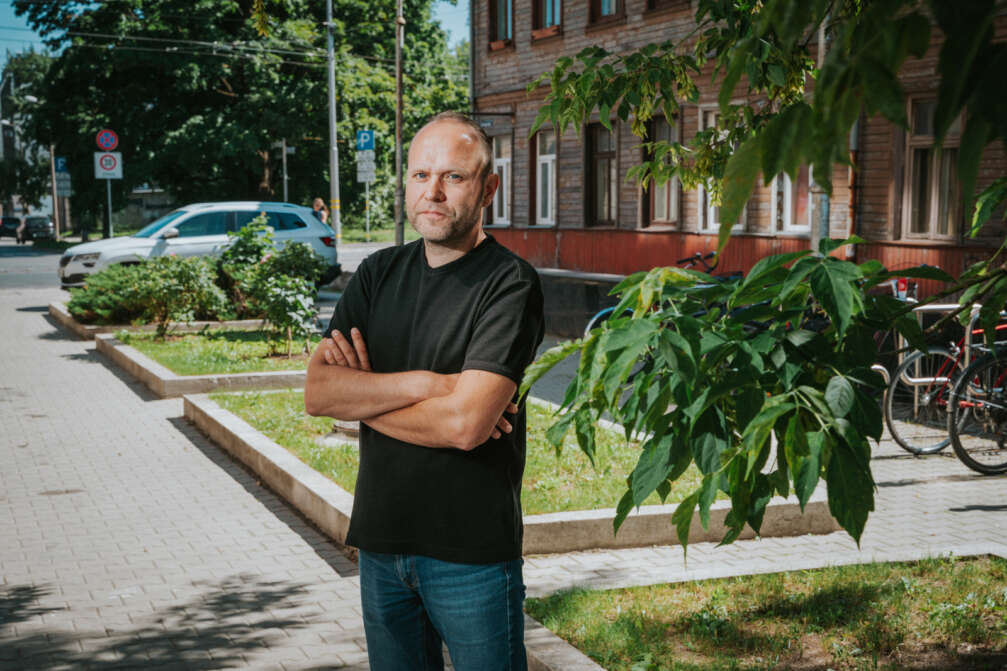
You constantly think about Riga — how do you see this city? What is Riga to you?
I love Riga very much. I sometimes feel emotional when I walk past Spīķeri in the morning sunlight and see the silhouette of Riga. I would really like for Riga to retain at least six hundred thousand inhabitants. The city is built for an even larger number, and I believe that Riga cannot be small. It is small at the level of neighbourhoods, and that’s the value of Riga. For example, in Avoti or Āgenskalns, Riga is such a small, pastoral town. However, Riga as a whole will disappear if it becomes too small or too dissolved. I would like Riga to be livable and for people to come here. So that people move here not for convenience but for the love of the city. I can admit that I no longer live in Riga, but it is still in my heart, and all my work is dedicated to Riga. Sometimes, in discussions with residents of Riga, both professionals and the wider society, I have the feeling that I am more of a Riga resident than those who actually live here.
Western Europe and the United States once experienced the same process of suburbanisation and suburban sprawl that is happening here today, but now the trends are beginning to change, and people are beginning to value city life again and are returning there. Is this a natural process?
Yes, it’s coming back. In our strategy you will find the following bold prediction — the new generation of suburban Riga will live in the city in the future. The idea is that before the crisis of 2008, Riga’s middle class left en masse, because those were favourable times to realise their dream of a private house. In Riga, people would love to build private houses if it were allowed, but we have always been strict about this. Suburban Riga has a more liberal approach — beet fields are turned into extensive private housing estates, and it’s hard to compete with that. One thing is to live in Sigulda, Ogre, Saulkrasti, where there is some social life, history and culture, I can understand why former residents of Riga move there. But another thing is to realise your dream of a private house in a beet field, as it happened in America. One day you wake up and live in complete monotony — only other private houses around you, you are completely dependent on the car, the neighbours build in their own style. I think that a quality apartment with a terrace for the same money as such a beet field house gives a better quality of life and environment.
In the pre-crisis years, many families built private houses. Families have children, and the question arises: who will inherit the private houses? The parents are young and will live there for a relatively long time, and the young people who will have to go live elsewhere may not be very interested in those beet fields. Currently, Riga has a big task: to become attractive to young people. Riga has study and work opportunities, creative quarters, and neighbourhood activities. The city is interesting, and something is happening all the time. From an economic point of view, it seems that the youth do not bring much to the city, but they are long-term investments. If a city has a high proportion of young people, then it has a future.
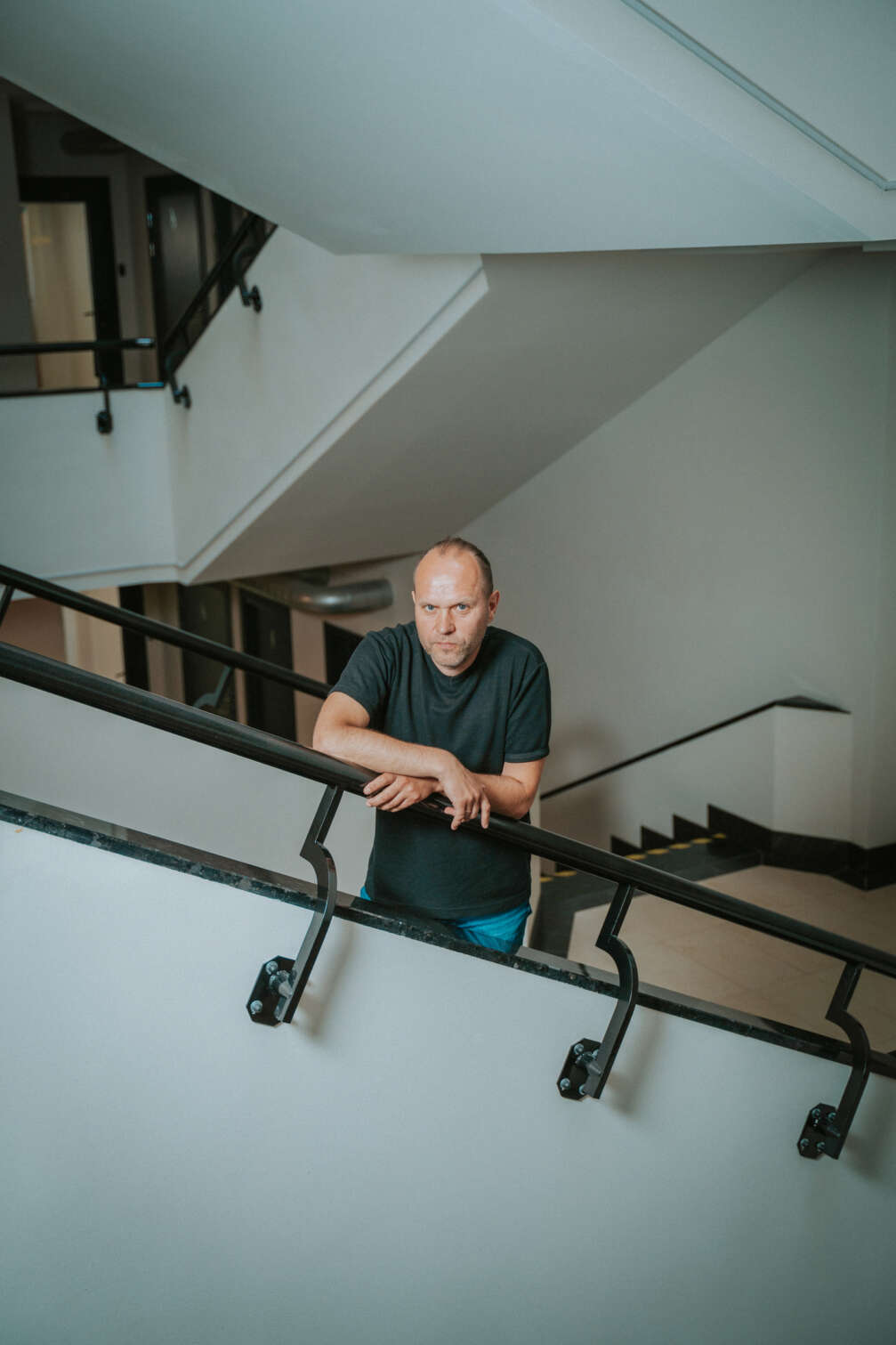

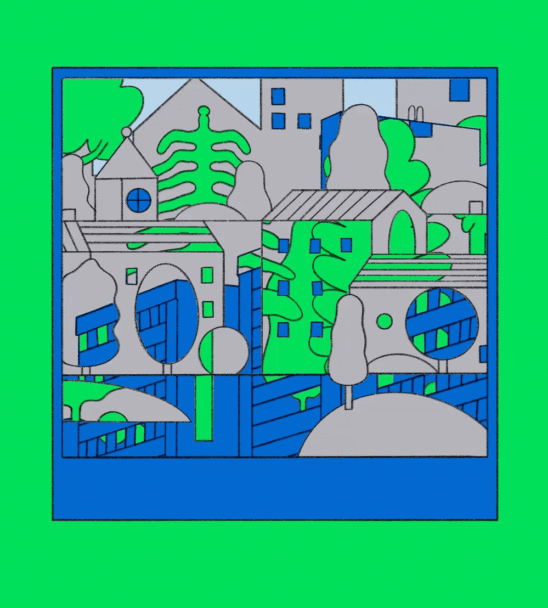

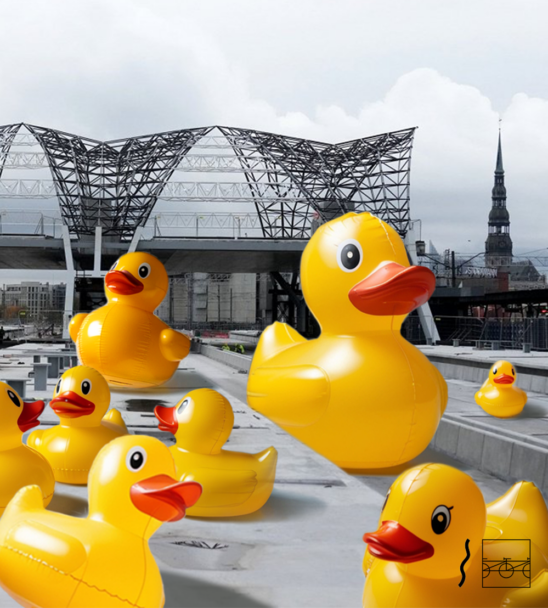
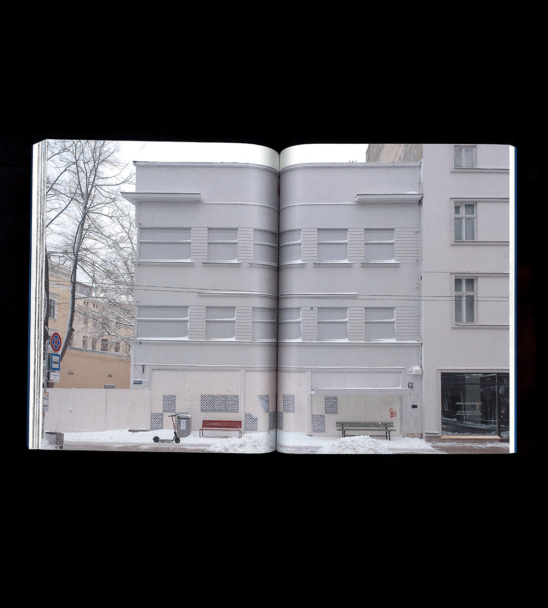
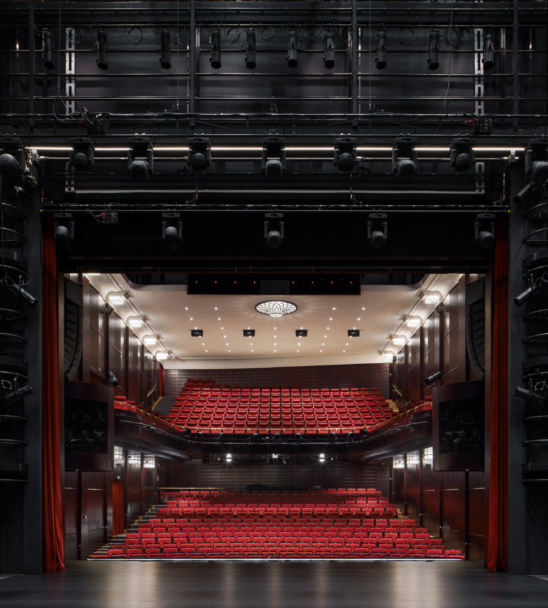
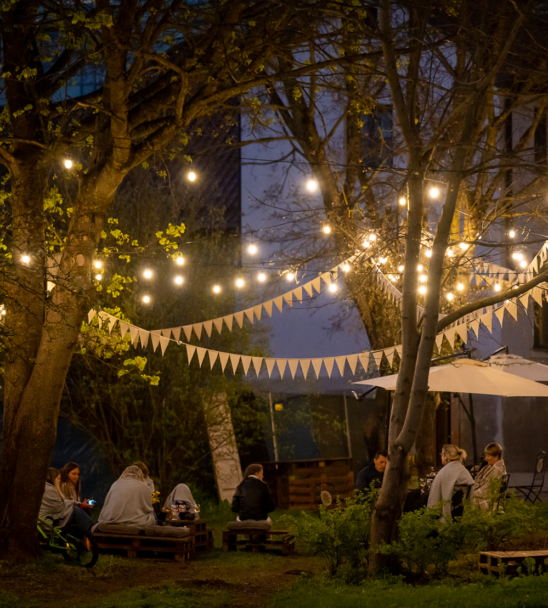

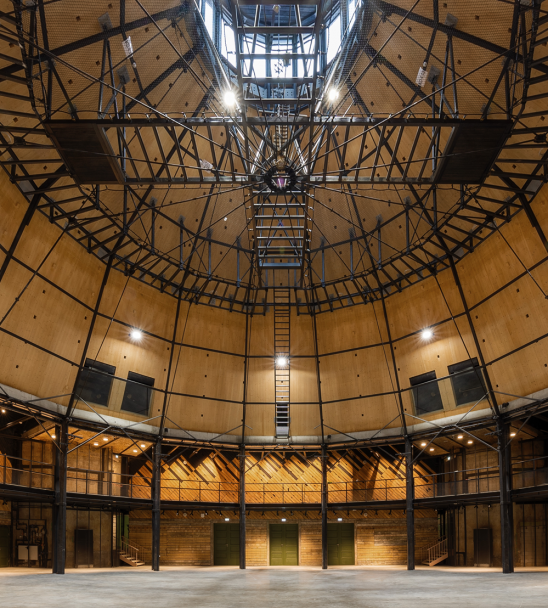
Viedokļi